It's to poke at Craig Cobb read the back story
Gotcha. Just having trouble figuring out how you were creating a race problem among australopithecines.
Welcome to Religious Forums, a friendly forum to discuss all religions in a friendly surrounding.
Your voice is missing! You will need to register to get access to the following site features:We hope to see you as a part of our community soon!
It's to poke at Craig Cobb read the back story
So?How do you know that?
The bible says life came out of the sea.
I didn't know that. Yeah, I'd like to see the sources, pleases.Actually the dating of modern humans is likely more than 500,000 years. I may cite sources of more recent discoveries.
But remember, Deeje's interpretation of this piece of data is in no way at all influenced by her being a Jehovah's Witness! Nope, she fully evaluated this find, considered it objectively with no regard at all to how it meshes with Witness doctrine.There is no real evidence that humans had ancestors who looked like this.
It is an assumption...based more on imagination, rather than real evidence.
Who does it most resemble? Ape or man? Isn't this imagination running riot?
I don't know what all the fuss is about...?
This Ethiopian "find" is not a "human" skull...it is clearly a small ape. Who says its an ancestor of man? Science does not really know that apes evolved into humans....it is only supposed that they did.....and with very flimsy evidence to back it up. Similarity does not confirm relationship. Who said that the diversity of apes is even a result of evolution?
Much ado about nothing IMO.....
I wouldn't even count on that. They'd likely claim the film was a hoax and start ranting about Piltdown man.The problem is that creationists don't consider this evidence. The only reason I can see for this is that they would require us to have evidence from each and every generation, including film footage of births at each generation. Anything less would be 'unproven speculation'.
*shrug*
I thought that was just for part of an afternoon. At any rate that reminded me of an old canard from my college days. The claim was that NASA was able to detect that in either Earth's orbit or some other such nonsense. That was long before the internet and one could not do a search to see that this never happened.The bible also says that the sun "stood still in the sky" for several days, that the first woman was created from the first man's ribs, that a man survived in a fish's belly for several days, that the world was flooded and a handfull of creatures survived on some physically impossible boat, etc etc etc etc.
And I suspect that the bible saying life came out of the sea is debatable at best.
After all, didn't god supposedly create adam from dirt?
There is no rational reason to care about what the bible says concerning the origins of life, or anything else in the universe for that matter.
I wouldn't even count on that. They'd likely claim the film was a hoax and start ranting about Piltdown man.
Never underestimate just how powerful of an effect the threat of emotional and social ruin can have on a person.
Exactly. That's why whenever a creationist brings up Piltdown man, I always ask, "What's your point? Piltdown man was a hoax, therefore.......?"That argument drives me nuts. Not because it is a bad argument against evolution. But because if one applied the same standards to Christianity, and Christian frauds are a dime a dozen, then by their own standards Christianity has been refuted.
The difference here is that one is pure conjecture, that cannot be verified - evolution. The other has been verified - accurate historical events; true scientific discoveries... found in the Bible.
So, why believes stories, that are created to support ideas assumed to be correct? Example...
Seeing the Formation of Planets
The Formation of the Solar System in 4K (Ultra HD)
"We don't know how planets formed in the beginning," said Jaumann.
"And in order to understand this, (we must) go to the small bodies, these primitive bodies, primordial in their history in their evolution, in order to understand the first 10 to 100 million years of planetary formation."
A dust mystery, and a future threat?
MASCOT also presented scientists with a new mystery: its lack of fine particles, or interplanetary dust, which would normally accumulate through millions of years of space weathering.
The paper offered theories but no definitive conclusions.
******************************************************************************
Why try to make one belief seem so superior to another?
Both are beliefs, aren't they?
Scientists believe. Why try to deny that?
I didn't know that. Yeah, I'd like to see the sources, pleases.
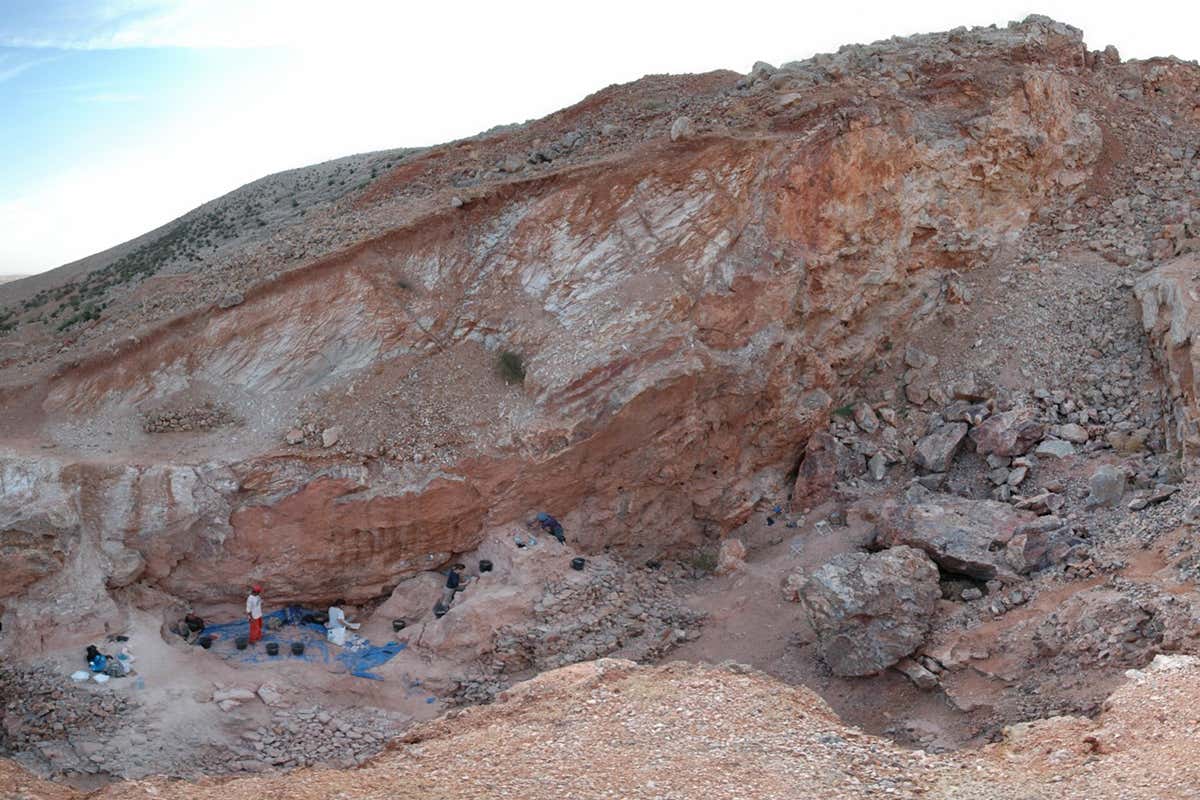
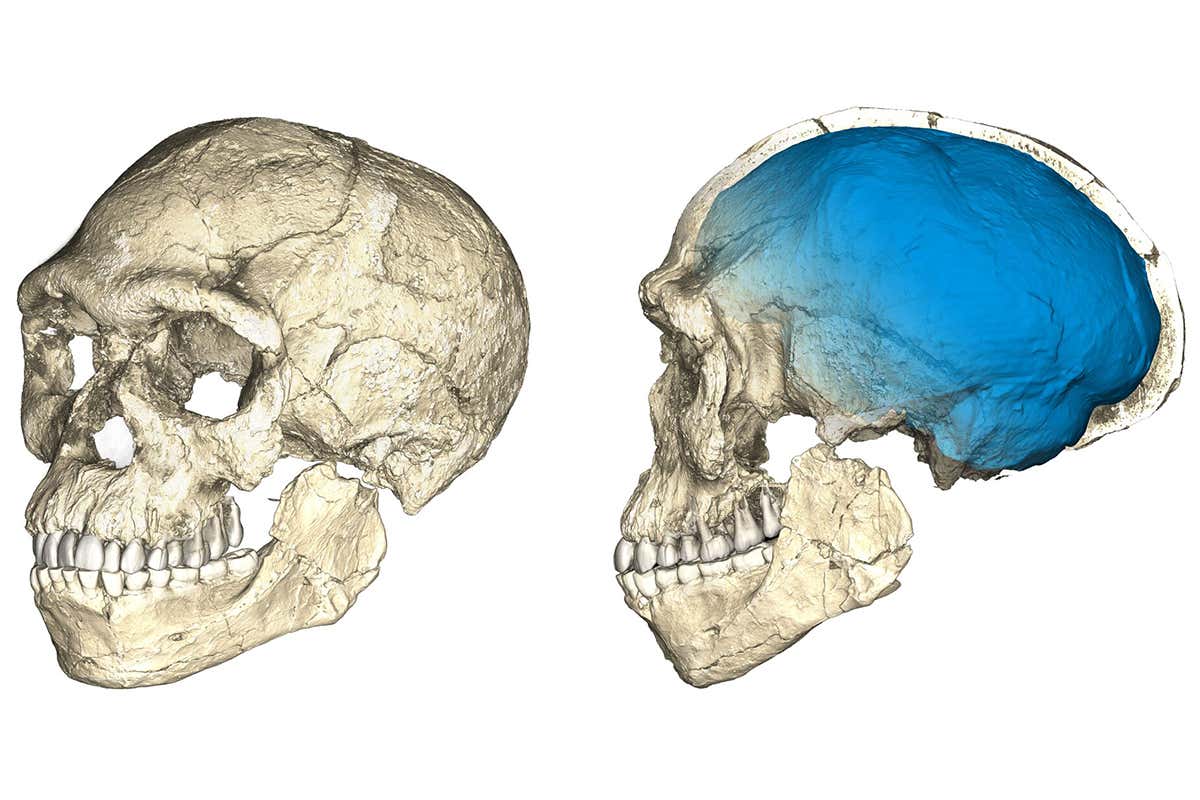
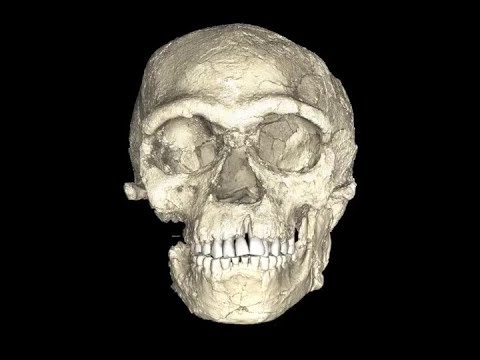
Do you really see the three situations as being the same?
Except that is precisely backwards. The theory of evolution has given testable predictions that have been verified by observation. The Bible is, at best, reliable for times after about 900BC and then only as a context for the rest of the story.
So we are investigating in more detail processes we know are happening all over the universe. What is the problem?
Where did I say, "we don't know anything?"Wow. This is what you get out of that? We see a body that shows the results of collisions, which is consistent with the view that planets form via collisions. We want to understand this in more detail and comment that we don't know what happens at that level of detail, and you see this as saying we don't know *anything*??
So. They believe.Scientists 'believe' based on evidence and hold ideas tentatively subject to new evidence.
Yes, that is superior, in my view.
Little fetuses have small skulls. Must not be human...
This is the size of the new skull they found.....its tiny, like a small dog.
Right - just like all science that does not support a giant wooden boat and all that nonsense.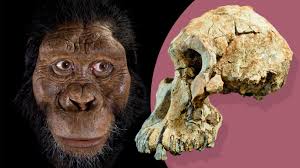
This is a reconstruction of the features of this "ancestor" along with the cranium size.
There is no real evidence that humans had ancestors who looked like this.
It is an assumption...based more on imagination, rather than real evidence.
Yours, yes.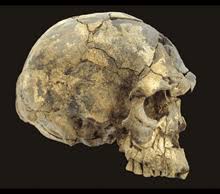
Human skull....note cranium size.
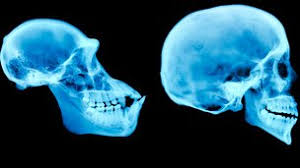
Who does it most resemble? Ape or man? Isn't this imagination running riot?
Right, gee golly, all just made up out of the blue. Like your creation tales.I don't know what all the fuss is about...?
This Ethiopian "find" is not a "human" skull...it is clearly a small ape. Who says its an ancestor of man?
And the usual dishonesty I have come to expect - look at this - all so flimsy - almost like you didn't see this the last 8 times I posted it for you to ignore because it shoots down your dishonest mantras:Science does not really know that apes evolved into humans....it is only supposed that they did.....and with very flimsy evidence to back it up
We all know what conjecture is. You don't need me to tell you that.
What do you mean by... "The Bible is, at best, reliable for times after about 900BC and then only as a context for the rest of the story."?
Where did I say, "we don't know anything?"
So. They believe.
They hold to beliefs based on what they assume to be true, in cases where historical inquiry is involved. Experimental science is different.
It seems to me persons are still fighting hard to hold one belief above another
We all know what conjecture is. You don't need me to tell you that.
What do you mean by... "The Bible is, at best, reliable for times after about 900BC and then only as a context for the rest of the story."?
Where did I say, "we don't know anything?"
No. They hold these ideas because the evidence available pointed in that direction. The views have been tested in a variety of ways and have been supported in each case.So. They believe.
They hold to beliefs based on what they assume to be true, in cases where historical inquiry is involved.
Experimental science is different.
It seems to me persons are still fighting hard to hold one belief above another
I never said we don't know anything. I don't know why you find that necessary to say.Yes, and I know that all scientific conclusions are tentative to at least some extent. That doens't mean we don't know anything.
That's your opinion.I mean that the Bible is unreliable when it comes to information before that time. After that time it is reliable concerning people and places, but the details of the stories are propaganda.
So 'We don't know how planets formed' means 'we do know how planets formed'? Well, I'll be a munkey's uncle.You quoted someone as saying we don't know how planets form. His clear meaning was that we don't know some (even many) details, but we do understand the overall process. You implication was that the whole process was in question.
Right. The evidence available was assumed to point in that direction.No. They hold these ideas because the evidence available pointed in that direction. The views have been tested in a variety of ways and have been supported in each case.
No.Let me ask you this: is all investigation of history based on 'speculation'?
So?Really? How so? You realize that historical science often uses the results of experimental science as the base for its conclusions, right?
So you say. I wholeheartedly disagree, for the reasons I have given - now, and previously.Not fighting hard to hold the belief. I'm fighting hard against the misconceptions that many creationists seem to have about those beliefs and the foundation for having those beliefs. And they have been apparent in this thread as well as many others.
One of the BIG misconceptions is that it is all based on unwarranted assumptions.
Whatever aligns with the evidence.
Science aligns with the evidence.
God doesn't.

Because its bipedal...that's the specialty. Also significant evolution of the teeth from ancestral ape-type (fruit eating large canines, no grinding molars) to human type (smaller canines, rise of grinding teeth) can be seen.
But I don't expect you to get enlightened about any of this..and I don't care if you accept or not.
You are free to believe whatever you wish. Science cannot prove what they theorize. Guesswork based on similarity is assumption, not fact. e.g. A similar earbone cannot make a four legged land dweller into a whale without a whole lot of supposition, followed by a bucketload of suggestions.You all swallow this stuff and then accuse those who support intelligent design of being short on evidence? That's funny.
"Evidence" used to promote what science "believes" is interpreted by them. Just like the Bible, it can be twisted to lead people to wrong conclusions.
Six scientists can give the same "evidence" six different interpretations with language such as "could have" or "might have" or "leads us to the conclusion that"....to indicate a possibility, not a provable fact. Only a small part of the evolutionary theory is based on fact. Using that little bit of fact, they manufacture a whole lot of conjecture. You havent noticed? Most people don't.
The biggest example of that is "speciation" which is based on "adaptation". In lab experiments this adaptive process is confined to a single species, and then, expanding on what has been observed they "suggest" that it can and did go much further. There is no proof that it ever did. "Evidence" is not "proof", it is interpreted to support a theory, but presented as if it were fact. There are very few facts in evolutionary science.
It's a snow job. Someone is having a lend of you all. In your haste to get rid of God, you have been willingly led into another unsubstantiated "belief system".
This finding of a supposedly 3.8 million year old skull is a bit of a joke when you read the circumstances of its discovery. Do you believe that some goat herder just picked the jaw bone up off the ground and then he was moved to find the archeologist, who just happened to find it a short distance away, lying on the ground in plain sight?
Seriously? You don't find that a bit unbelievable?
How easily convinced are you?
You should have stopped at that, and hence the reason why we should never trust anything that comes from the past - including all that has been written by those unknown to us.
